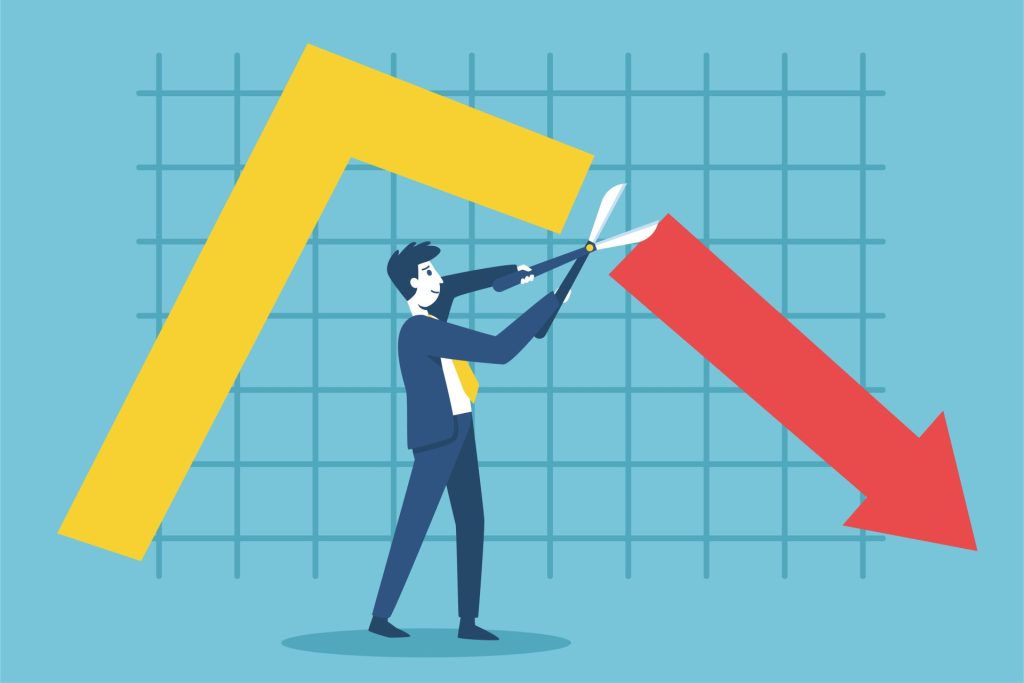The yield curve is one of the most watched charts in financial markets. Investors study it to understand interest rate trends. Economists follow it to track where the economy might be heading. Policymakers rely on it to decide what actions to take next.
More than just a line on a graph, the yield curve offers valuable clues about growth, inflation, risk, and potential slowdowns. Learning how to read it helps you stay ahead of market shifts and make better financial decisions.
What Is a Yield Curve
A yield curve shows the relationship between interest rates and time. It plots the yields of bonds with the same credit quality but different maturity dates. Most commonly, it is built from US Treasury bonds, since they are considered free of credit risk.
On the x-axis, you have time to maturity. This includes short-term bonds like three-month or two-year notes, and long-term bonds like ten- or thirty-year securities. On the y-axis, you have yield, which is the interest rate investors demand for holding the bond.
Together, these points create a curve that changes shape depending on how the market views future economic conditions.
Types of Yield Curves
Normal yield curve
This is what you see when the economy is growing at a steady pace. Long-term bonds pay more than short-term ones because investors expect inflation and interest rates to rise over time. This shape reflects confidence in the economy.
Inverted yield curve
This happens when short-term rates are higher than long-term rates. It is often viewed as a warning sign that a recession could be on the horizon. Inversions happen when investors expect rate cuts and weaker growth ahead.
Flat yield curve
In this case, short- and long-term yields are close together. A flat curve usually shows that the market is unsure about where the economy is going next. It can signal a turning point or a period of transition.
What the Yield Curve Tells You
Economic outlook
A steep curve usually means growth is picking up and inflation may rise. An inverted curve is more serious. It often shows that investors think the economy will slow down and the central bank will lower rates in response.
Investor sentiment
When investors become more cautious, the yield curve reflects that shift. For example, if more money flows into long-term bonds, their prices rise and yields fall, flattening the curve. This suggests people are looking for safety.
Interest rate expectations
The shape of the curve can show whether markets think the central bank will raise or cut rates. If short-term yields are moving quickly, it often signals upcoming policy changes.
How to Use the Yield Curve
For investors
The yield curve helps with deciding how to build a bond portfolio. If the curve is steep, locking in longer-term yields might make sense. If it flattens or inverts, it could be time to reduce risk and move toward shorter-term or defensive positions.
For businesses and lenders
Companies watch the curve to decide when to borrow. A steep curve may push them to issue long-term debt before rates rise. Banks use the curve to judge the profitability of lending. A flat or inverted curve often pressures their margins.
For policymakers and economists
Central banks watch the yield curve as part of their decision-making process. A flattening curve might cause them to pause rate hikes. An inversion often makes them reconsider their stance entirely. The curve is also useful for tracking stress in credit markets.
How to Track the Yield Curve
You can view the current US Treasury yield curve on the official Treasury website. Financial platforms like Bloomberg, Yahoo Finance, and TradingView also provide updated curves and historical comparisons.
Two key metrics are widely followed:
The two-year and ten-year spread, which often grabs headlines when it turns negative
The three-month and ten-year spread, which the Federal Reserve considers more reliable
Watching the curve’s steepness also helps gauge market volatility and uncertainty.
What to Watch Out For
Not a perfect crystal ball
An inverted curve has predicted many past recessions, but not all. And even when it gets the direction right, the timing can vary. Sometimes the economy keeps growing for a year or more after an inversion.
Market distortions
Central bank actions like quantitative easing can flatten the curve artificially. When big players buy up bonds, they affect yields across the curve, which can cloud the real signals.
Why It Matters
Understanding the yield curve gives you a sharper lens on the broader economy. Whether you are investing for the long term or managing short-term trades, reading the curve helps you respond to changes before the headlines catch up.
It is not just for bond traders or economists. Anyone making financial decisions, from allocating a portfolio to planning a mortgage, benefits from knowing what the yield curve is saying. It is a tool that rewards attention.
